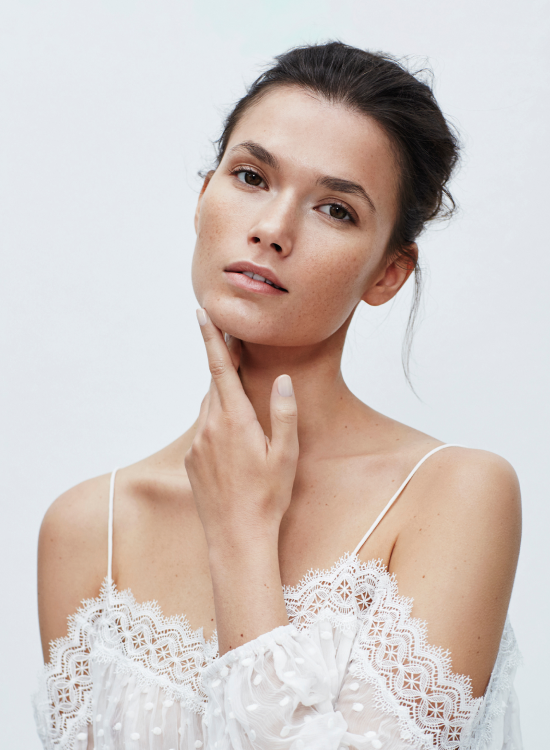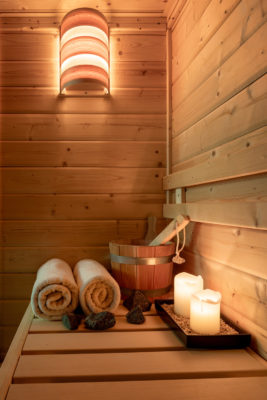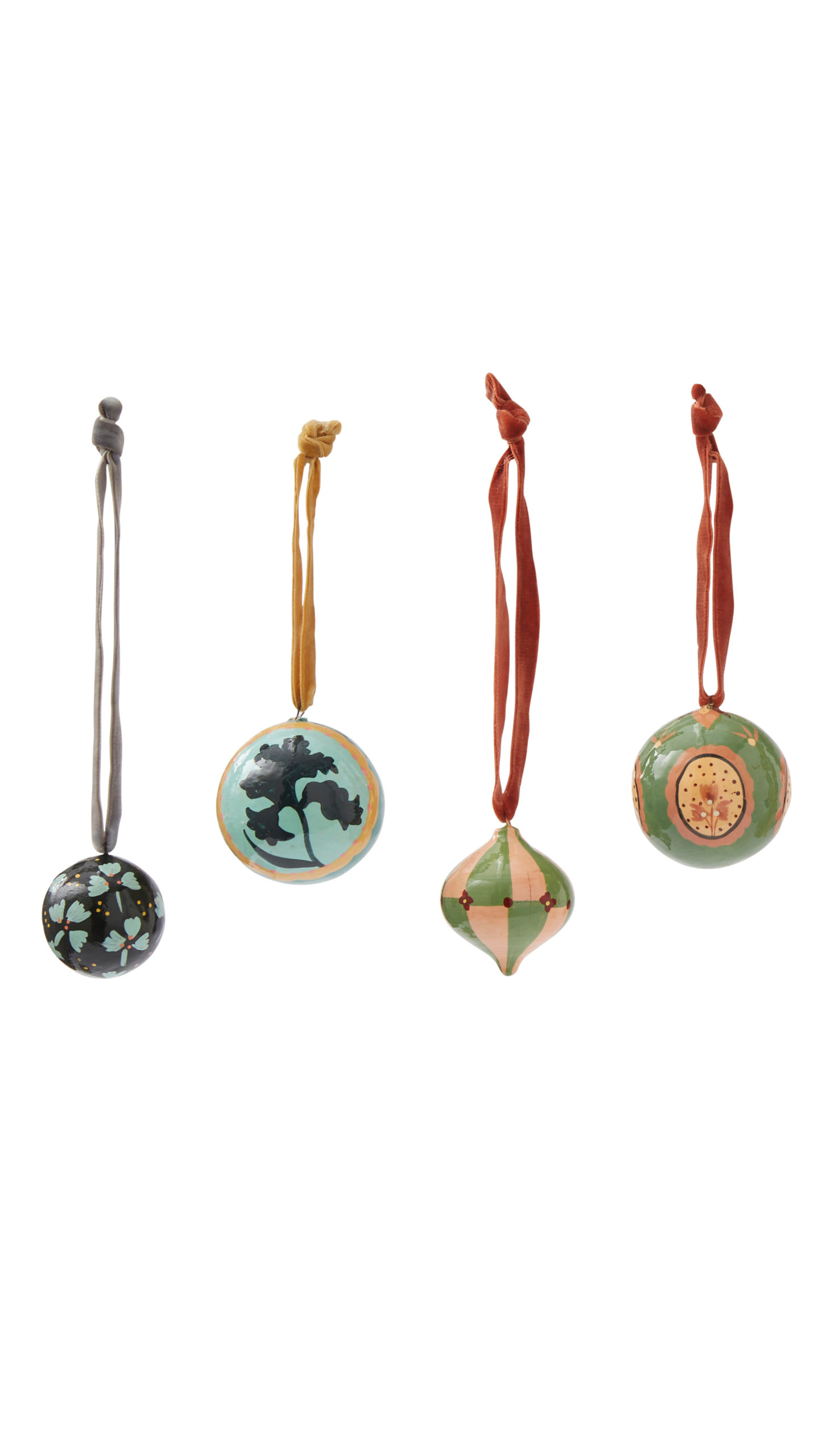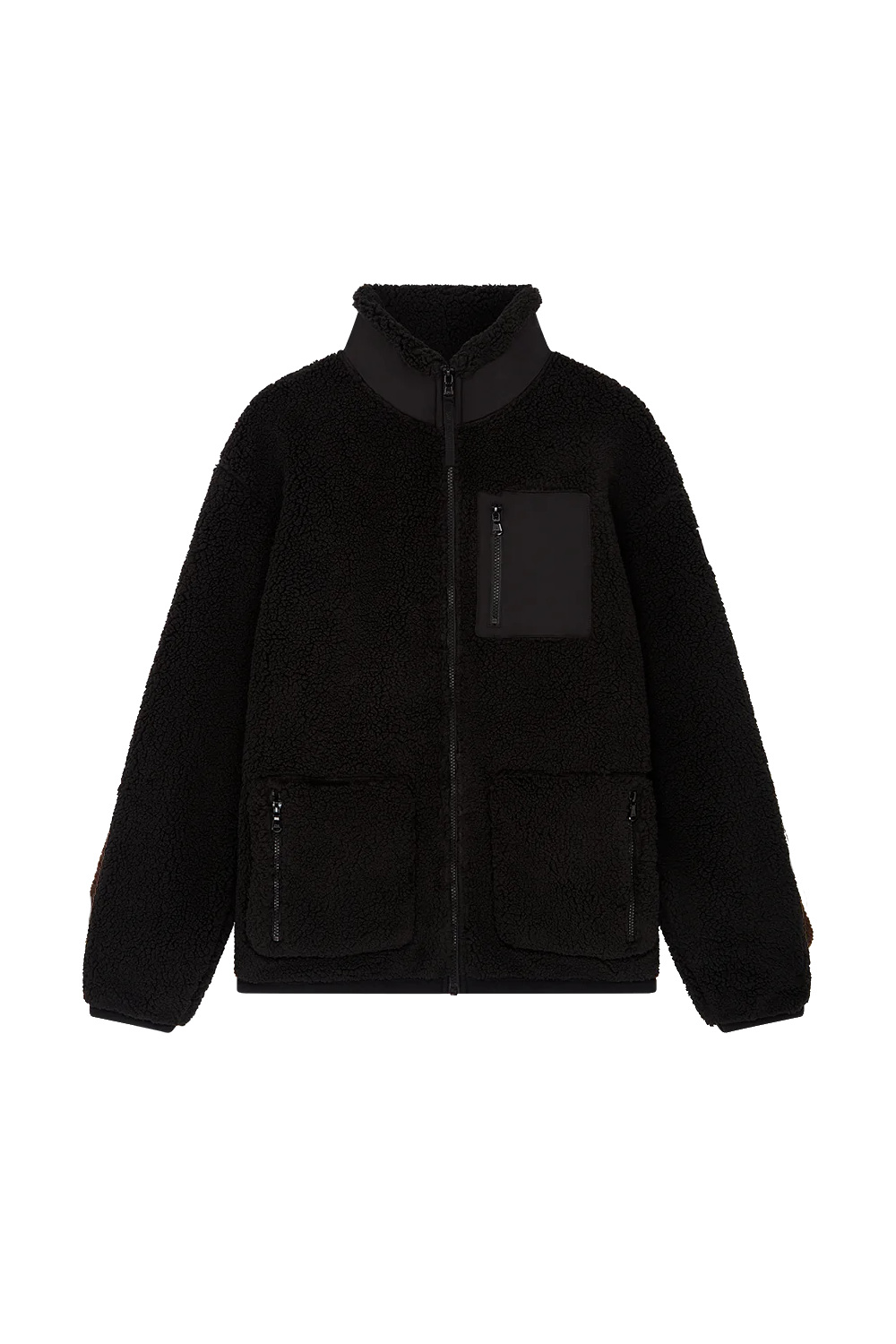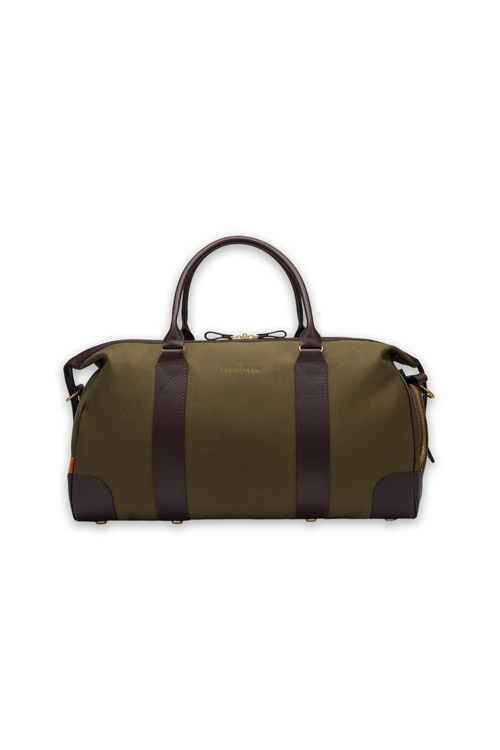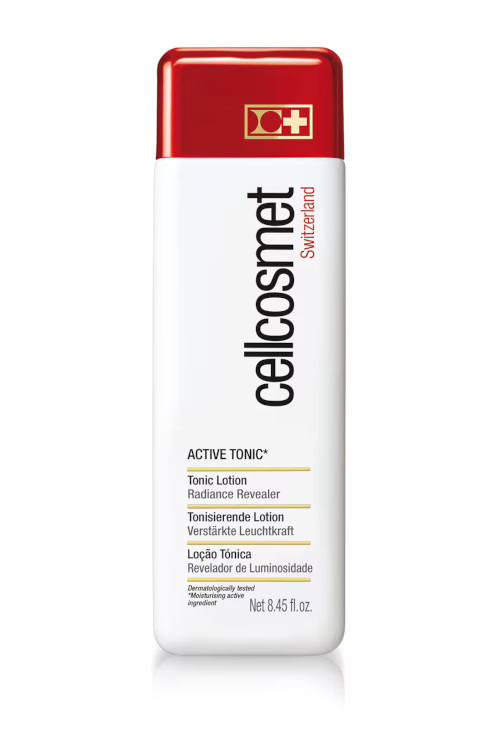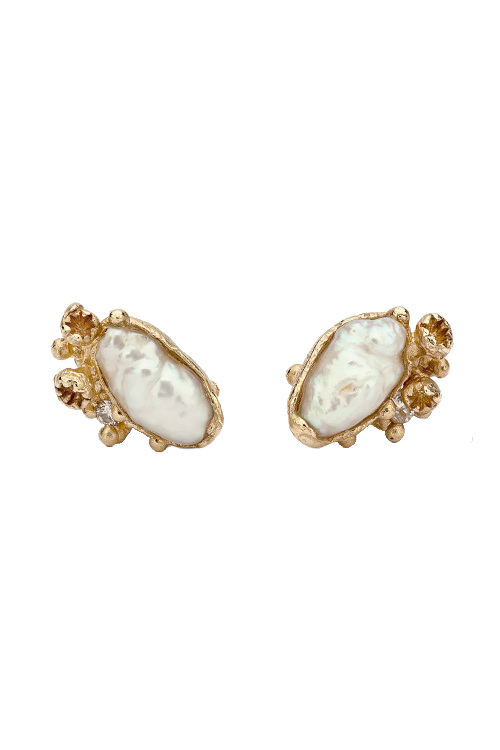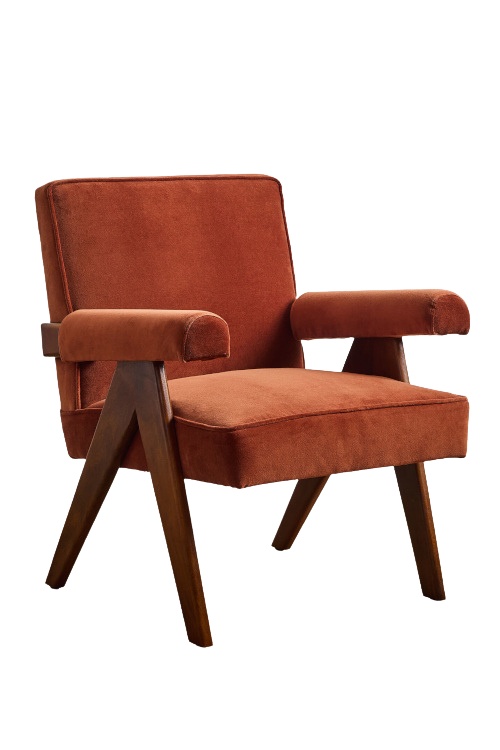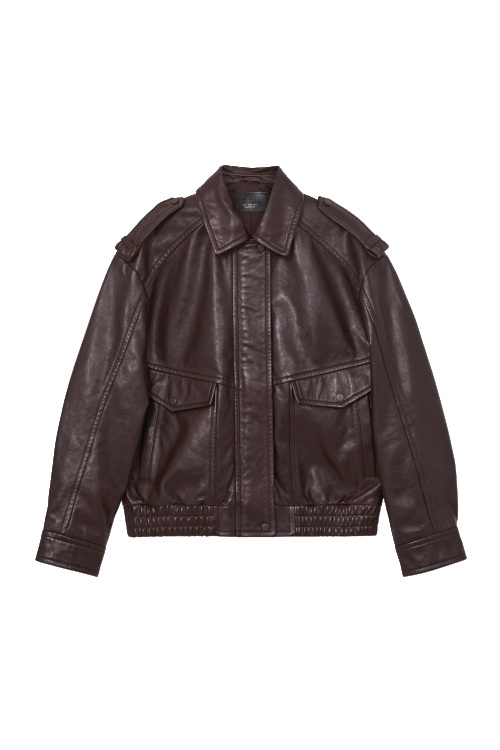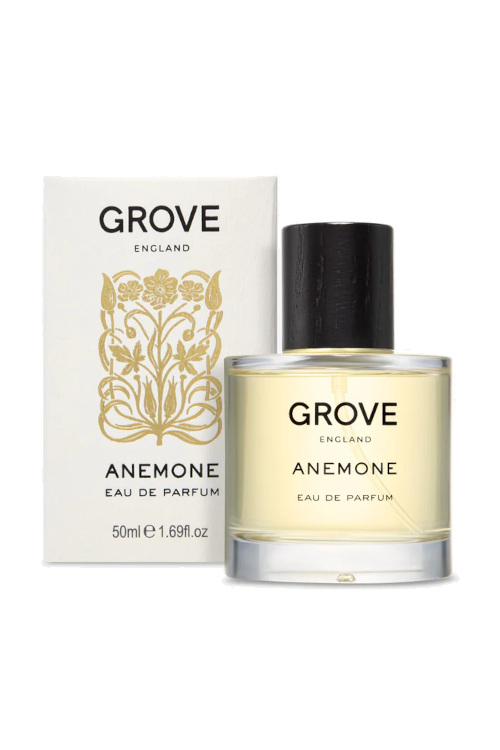
7 Wellness Trends Set To Take Over 2026
By
2 hours ago
Infrared workouts, digital minimalism and DEXA scans: here's what's hot in the world of wellbeing
This year was all about hiking and community saunas, so how’s the wellbeing scene shaping up for next year? Here we predict the wellness trends set to dominate the health space in 2026, from creatine going mainstream to new-age treatments prioritising cellular health.
Health & Wellness Trends To Know In 2026
Bone Health
When thinking about markers of longevity, we often look to metrics like cardiovascular fitness and muscle mass – but what about bone health? The crucial metric is often overlooked until later in life, but pioneering clinics like Hooke London are beginning to incorporate it into their healthspan programmes. ‘The consequences of sub-optimal bone health can be devastating,’ says Hooke personal trainer and nutritionist Aaron Deere. ‘Low BMD (bone mineral density) can contribute to postural changes such as kyphosis (forward rounding of the spine),’ he explains. ‘This change in posture can also lead to chronic pain, and reduced mobility.’
However, lifestyle changes can have a huge impact – hence the clinic’s new Australia-born Onero Programme, which is all about optimising bone health. Meanwhile, there’s increased noise around DEXA scans, a type of low dose X-ray measuring bone density, which is now being incorporated into the offerings of boutique clinics and health retreats around the world. Dedicated bone health clinics are also popping up in the UK, like the New York-born OsteoStrong in Kent, and interest is growing among the general population, with Google searches for terms like ‘bone health’ and ‘bone density’ having steadily increased over the past five years.
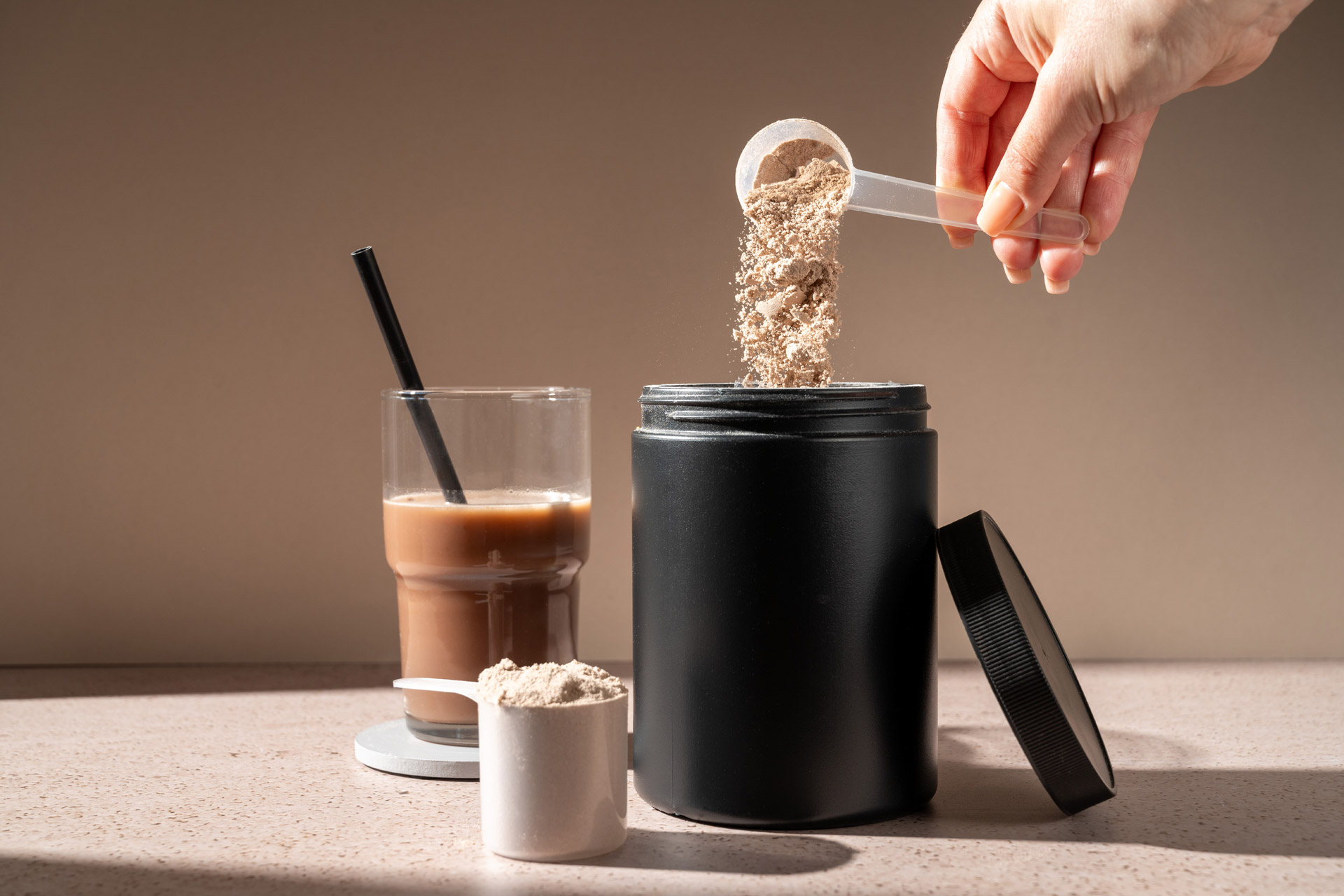
Getty Images
Creatine
The health supplement creatine has long been used by gym bros to increase muscle mass, but new research shows it may offer more far reaching benefits – particularly for women. ‘Emerging studies have shown that creatine may support muscle strength, bone density, cognitive function and even mood, especially during perimenopause and menopause,’ says nutritionist Rhiannon Lambert, founder of Rhitrition. We’re seeing new creatine products from brands targeted at women, like Ancient + Brave and ARTAH – and according to market research firm Grand View Research, the creatine market is expected to grow by 17.9 percent from 2024 to 2030.
‘As someone who always prioritises food first, I’m cautious about supplements being overhyped,’ notes Lambert. ‘However, creatine is an example of how a well-researched compound can evolve from the sports world into broader health contexts. If ongoing studies confirm what early research suggests, we could see creatine become increasingly talked about in 2026.’
Ping Minimalism
Interest surrounding digital detoxing has been gradually on the rise for years as more and more of us crave separation from our phones and social media. With recent stats suggesting the average UK adult spends more than five hours a day on their phone (and that’s not counting work screen time), it’s no surprise digital detox retreats and off-grid cabins like Unplugged are so popular. But in 2026, trend forecasting platform WGSN predicts we’ll be seeing more of what experts have coined ‘ping minimalism’: decluttering our tech spaces, just like we do with our homes.
‘After years of relentless notification cycles and digital overload, many are choosing to curate their tech use with intention – protecting tech-free mornings, creating clearer digital boundaries, and consuming information more consciously,’ says business coach Marian Evans. Think: scheduling intentional windows for phone time, installing app blockers, making your phone monochrome (said to dull its appeal) and even swapping smartphones for old-school bricks to avoid distraction. ‘The aim isn’t total disconnection, but recalibration, using technology as a tool for creativity and connection rather than a constant source of distraction,’ adds Evans.
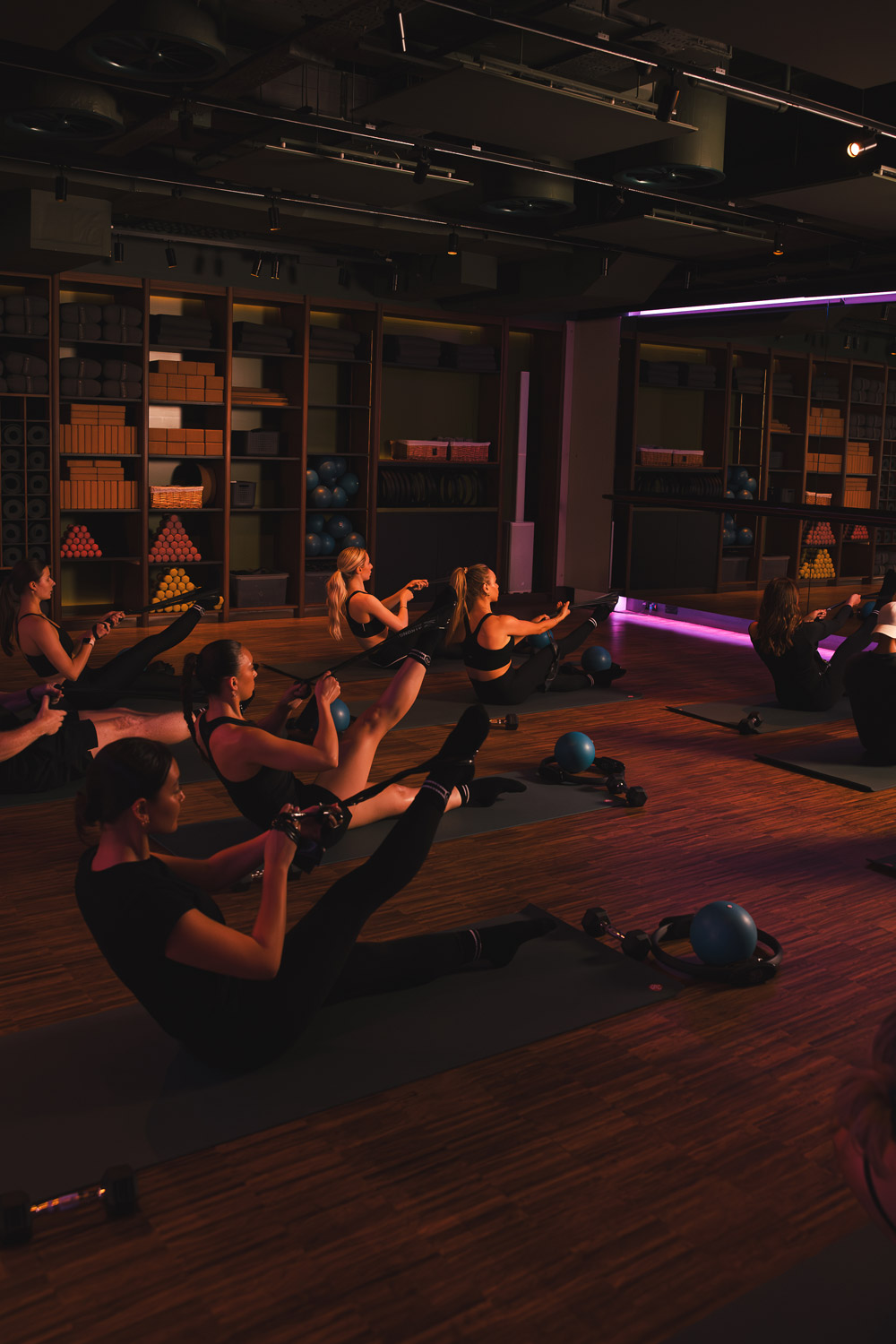
Hot Pilates at KXU
Infrared Workouts
Yogis have long been cranking up the heat for Bikram, but other types of hot exercise are gaining traction, and on track to become one of the big wellness trends of 2026. Particularly buzzy at the moment is the use of infrared heat panels in fitness studios, which work by converting electricity into warmth, directly heating the body rather than the room. As well as creating a more challenging workout environment, infrared heat offers benefits ranging from reduced inflammation to increased flexibility and pain relief.
Infrared workouts have been all the rage in Los Angeles for a little while, but they’re becoming increasingly popular this side of the pond too thanks to a spate of new London classes. Studios including Psycle, KXU, Casa Core and Vita Boutique Fitness now offer a mix of hot barre, Pilates and sculpt classes, and no doubt we’ll be seeing more launches (and likely even dedicated infrared studios) in the coming months.
Health & Longevity MOTs
The latest flex for celebs and influencers? A snap beside the Instagram-famous Neko Body Scan, the preventative health check with a 10,000-person-strong waiting list. For a flat cost of £300, advanced technology will scan your entire body in just an hour, providing information on an array of markers – from mole mapping to heart health and eye function.
Neko isn’t the only one: the test is part of a wider trend surrounding new-age health MOTs, which tend to focus on longevity. Hum2n is a London clinic offering detailed blood tests which measure key biomarkers, as well as genetic examinations which look at factors influencing ageing, metabolism and vitality.
Meanwhile, the aforementioned Hooke London recently launched a new longevity fitness test, a 60-minute exam which looks at everything from grip strength to VO2 max. ‘Tests like dynamic stability, grip strength, counter-movement jump (CMJ) and push-to-pull ratios are now transforming how individuals and professionals measure fitness,’ says Hooke personal trainer David Sadkin. ‘This shift signals a broader, more preventative mindset, where understanding your body’s current functional capacity is crucial to unlocking decades of healthy, active living.’

Hyperbaric oxygen chamber at Grey Wolfe
Cellular Health
A much talked about topic in the longevity world is cellular health, which is all about the functioning of the cells that make up our bodies, AKA the cornerstone of overall health. We’re seeing an increase in products claiming to support cellular function, from shakes to supplements to electrolytes, as well as cutting-edge treatments like hyperbaric oxygen chambers, and experts are flagging it as a pivotal trend for 2026.
Cellular health is a key focus at London wellness clinic Grey Wolfe. ‘Cellular healing is considered the future of wellness because it focuses on addressing health issues at the cellular level, aiming to restore optimal cellular function and overall wellbeing,’ says founder Sarah Jones St John. ‘By recognising that cells are the building blocks of our bodies and play a crucial role in maintaining health, cellular healing approaches seek to support and optimise cellular function.’ Treatments on offer at Grey Wolfe include the BioCharger, described as ‘a health optimisation platform that works to optimise health by balancing the energy of every cell in your body’ using light, voltage, frequencies and harmonies.
NAD+ infusions are another example, identified in Hooke’s 2026 trends report. A type of IV therapy designed to keep cells functioning properly, devotees rave about benefits from increased energy production to better skin to improved productivity. However, as endocrinologist Professor Pierre-Marc Boloux notes in the report, it remains an emerging and controversial topic. ‘New insights into ageing biology, particularly cellular senescence and NAD+ metabolism, have paved the way for interventions once considered unconventional,’ he notes. ‘Early studies suggest that raising cellular NAD+ in humans is feasible and generally well tolerated, although clinical benefits remain uncertain.’

Getty Images
Fibre
This year, fibre has finally had its time in the limelight – no doubt spurred on by TikTok’s fibremaxxing trend. Although this is essentially just a clicky term for adding more of the nutrient to your diet, nutritionists have got behind it considering 96 percent of Brits don’t get enough fibre, according to the UK’s National Diet and Nutrition Survey. ‘I think part of the reason is that, for years, we were in the midst of the protein boom, protein bars, protein yoghurts and even protein water,’ says Lambert. ‘While protein is of course important, most of us already consume enough. Fibre, on the other hand, is the nutrient we need to pay attention to. We now know that fibre is so much more than simply “good for digestion”, it plays a role in almost every aspect of our health, from supporting our gut microbiome and blood sugar balance to immunity and even mood.’
Fibre was selected as one of Whole Foods’ top key food trends for 2026, with its latest report noting the surge in brands launching products with added fibre – from pasta to crackers to bars. Although, as Lambert stresses, ‘the real movement (I hope) will be at home: people rediscovering wholegrains, pulses, fruit, vegetables, nuts and seeds and realising that small, consistent changes can make a real difference.’

